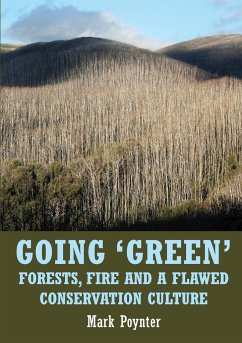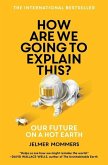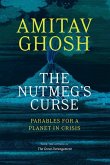Having a strong culture of caring for the environment is a byword for a healthy society. However, it can go too far, and in highly urbanised Australia where most live remote from nature, decades of alarmist environmental campaigning has fostered a misguided conservation culture that lacks perspective, is intolerant of human resource use, and sees environmental protection in overly simplistic terms. According to this culture, forests are only ever protected when contained in large national parks or other forms of landscape reservation which are popularly presented as a vacant idyll that will magically restore itself to a natural, pre-European state. Unfortunately, this misconception ignores: 1) the extent to which forests have already been changed by unnatural fire regimes and the introduction of an array of feral and noxious pests; 2) the role played by active human intervention in managing these problems; and 3) the extent to which this management is associated with renewable resource use that generates wealth, requires access, and employs workforces. After several decades of acquiescence to this misguided conservation culture, Australia, which has been a world leader in integrating sensitive, renewable forest use and active management with high standards of environmental care, is progressively losing these skills. This book examines our conservation culture and how it has attained a political-correctness which has permeated the most influential areas of society with damaging consequences, not least for the environment itself.
Hinweis: Dieser Artikel kann nur an eine deutsche Lieferadresse ausgeliefert werden.
Hinweis: Dieser Artikel kann nur an eine deutsche Lieferadresse ausgeliefert werden.








